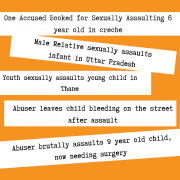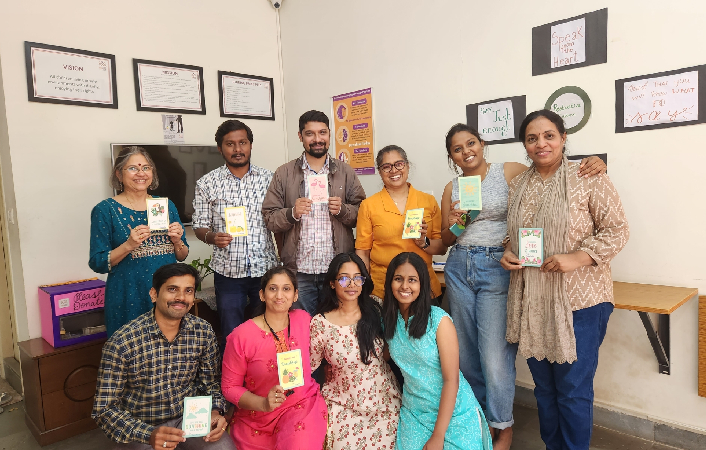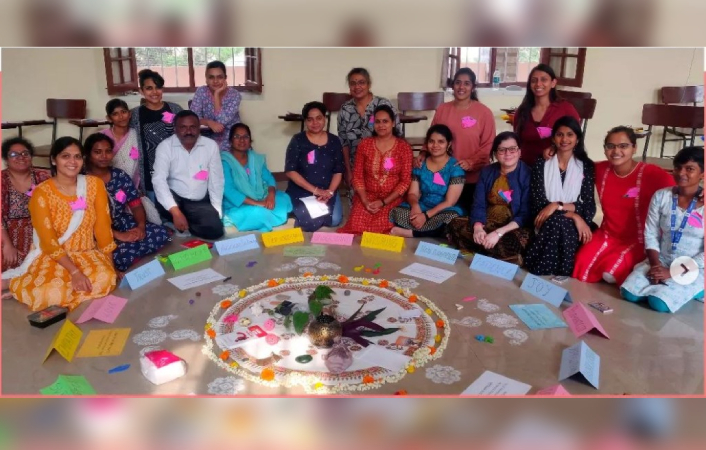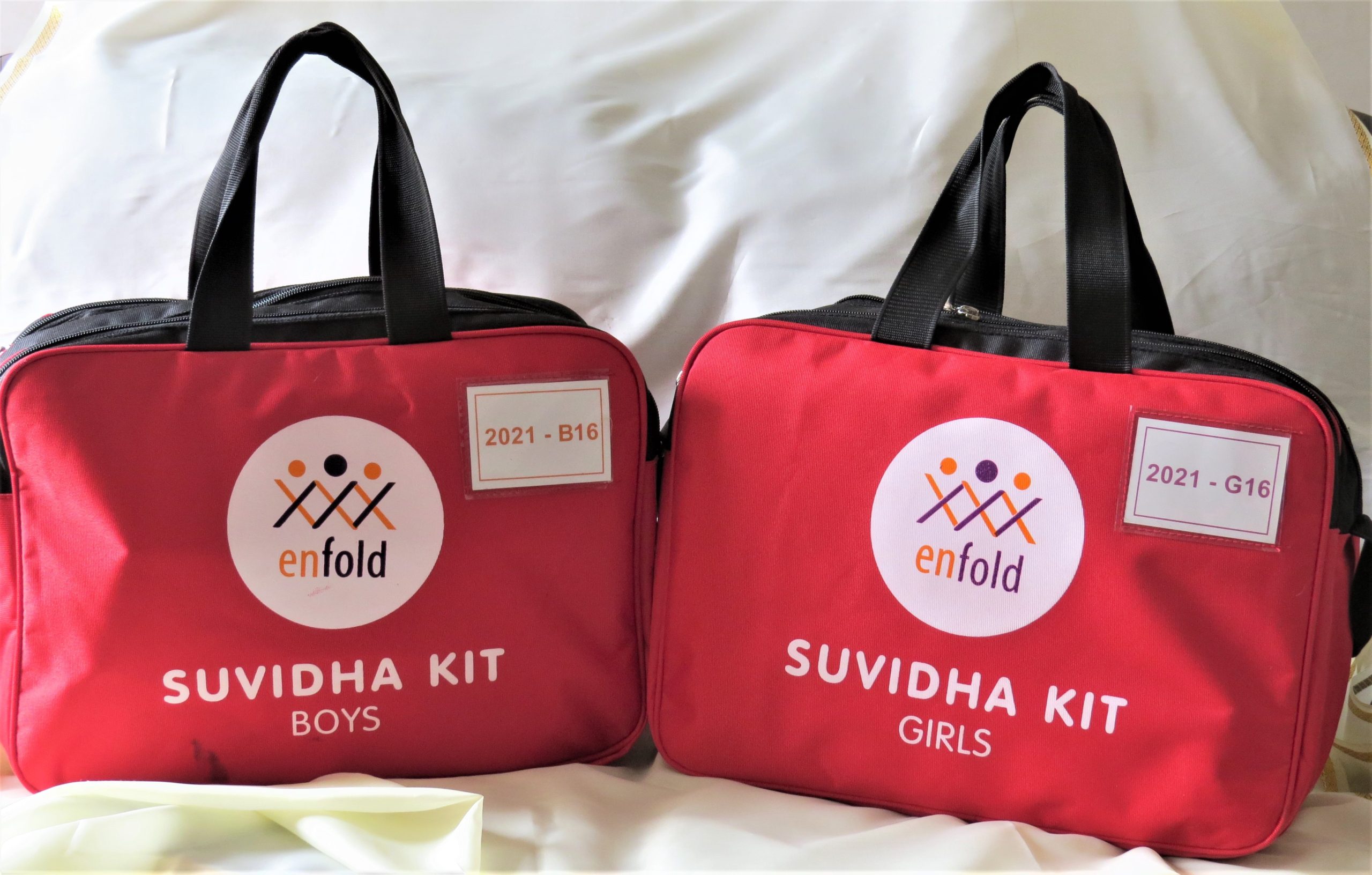“Safe and Unsafe Touch” not “Good and Bad Touch” Why?
Clearly describing Personal Body Safety rules involves helping children develop the capacity to recognize, resist (to the extent possible) and report sexual abuse.Through one’s experience, Enfold has often come across individuals who communicate the Touching Rule using the words “good and bad”, when helping children learn personal safety rules.
Enfold prefers to use the terms Safe Touch and Unsafe Touch instead of Good Touch and Bad Touch. Our rationale:
- Good and bad are moralistic, judgmental words.
Good: noun – that which is morally right; righteousness. Adjective – to be desired or approved of.
Bad: adjective – of poor quality or a low standard., not such as to be hoped for or desired; unpleasant or unwelcome.
Safe: Adjective – not likely to cause or lead to harm or injury; not involving danger or risk.
Unsafe: Adjective – dangerous, risky, insecure
It is easier to explain the concept of safety to a child than untangle the morality of people’s actions or how one is feeling.
It is easy to explain the personal safety rules about clothing, touching and talking and link them to traffic rules. Concept of safe and unsafe driving can be linked easily to people who deliberately break personal safety rules for their own benefit – at the expense of others – like people who jump a red light to save their time but hurt others in the process. This also helps shift the blame from the survivor to the perpetrator, thereby increasing the chances of reporting.
- We attach emotions to every word we use. Good and bad are loaded with feelings of acceptance, righteousness at one end to feelings of rejection, guilt and stigma at the other end. Children may transfer the ‘badness of a bad touch to themselves and assume that they have become bad in the process – especially since the touch involves parts of the body that people seem to consider dirty/ sinful or bad anyway.
Safe and unsafe carry emotions of security, confidence at one end to caution and danger at the other end. These emotions can be used to help children report abusers.
“Good boy” “Bad boy” are adjectives our children hear day in and day out. They are used to make a child feel good or bad about themselves, and carry a promise of a reward or a threat of punishment. In such a scenario, a child is unlikely to report ‘bad touch’. He/she may find it easier to report an unsafe touch, since safe and unsafe are emotionally less loaded words and specify that the behaviour of the perpetrator was unsafe.
- Given the nature and function of the sexual organs, a bad touch can sometimes feel good, there by confusing the child. This confusion increases when children grow up and begin to explore their sexuality further or when they enter in an intimate, sexual relationship. Besides hindering a healthy sexual life, it also runs the risk of transferring the discomfort and secrecy around reproductive health and personal safety to the next generation.
Enfold suggests the use of the words safe and unsafe touch, instead of good and bad touch to avoid confusion and fear in the minds of children, especially with their bodies. This will need to be accompanied with answering our growing child’s questions using simple words that address and explain the doubt in the child/ adolescent’s mind in a respectful and scientific manner.This will hopefully create an environment which has healthy and safe children living with dignity supported by empowered adults.







